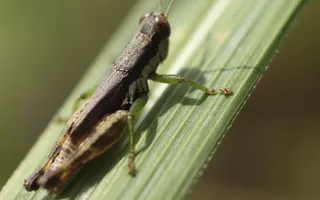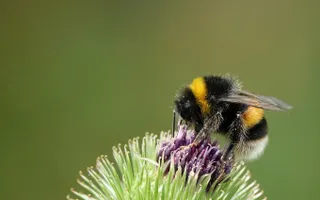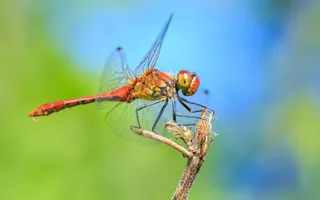Are grasshoppers and crickets related?
Grasshoppers and crickets are both members of the Orthoptera order, which also includes locusts. However, grasshoppers are thought to have split from crickets more than 250 million years ago – before dinosaurs walked our planet.











